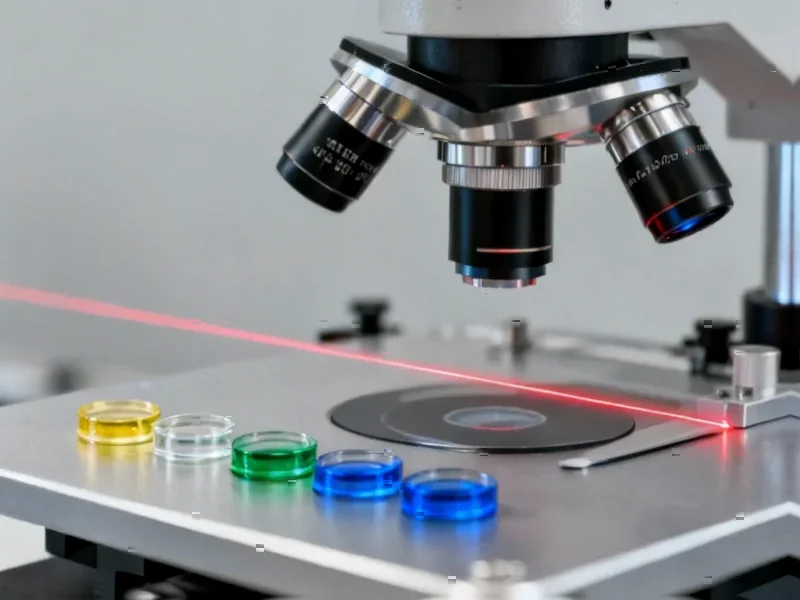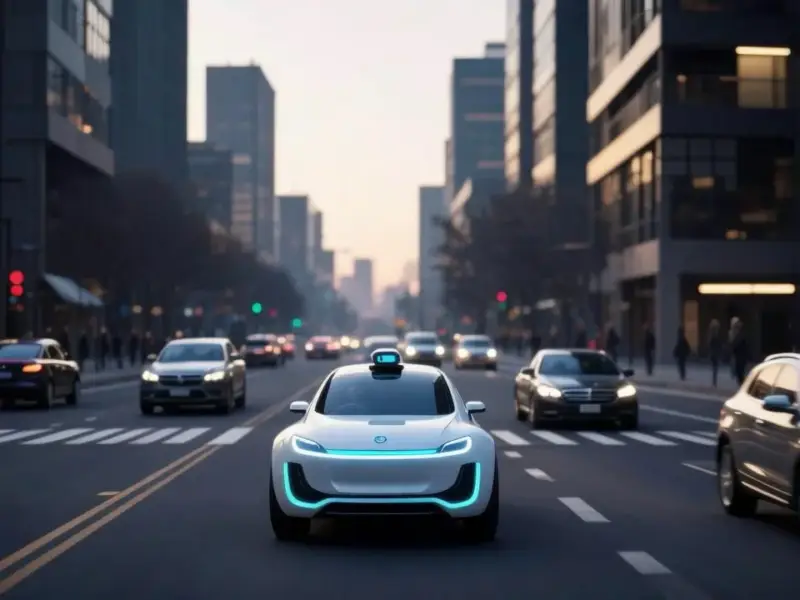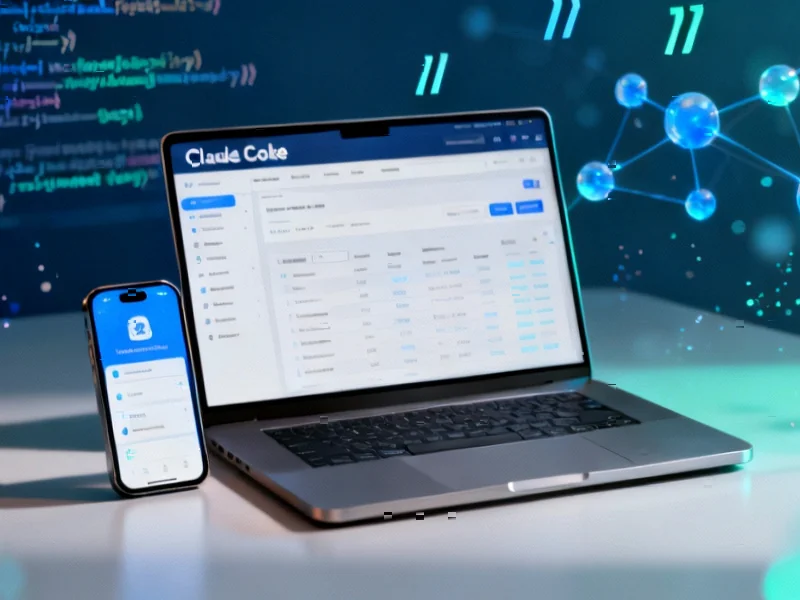According to Embedded Computing Design, intelligent devices mirror human cognitive processes through embedded data management. Sensors ingest signals into embedded databases that provide deterministic writes, time-stamped context, and power-fail safety. Stream processing pipelines transform raw samples into compact features for on-device machine learning models to perform inference and act in milliseconds. Devices use either microcontrollers (MCUs) with limited working memory but great focus, or microprocessors (MPUs) with richer memory and analytical flexibility. The ITTIA DB Platform serves as a complete “digital body” information management system, with different components handling everything from reflex-level determinism to long-term memory organization and secure data sharing across systems.
Human Thinking in Silicon
Here’s the thing that struck me about this piece – we’re basically talking about reverse-engineering human cognition and implementing it in hardware. The parallels are almost too perfect. Just like we filter sensory input through attention mechanisms, devices use stream processing to window, filter, and normalize raw data. And when we store memories with context (who, what, when, why), devices index results with timestamps and keys for fast recall.
But what really makes this approach work is the closed-loop nature of it all. Devices don’t just collect and store – they actually learn from their experiences. They track drift and errors, send only the hard cases upstream for retraining, and get updated models back over-the-air. It’s basically continuous improvement baked right into the silicon.
MCU vs MPU Brains
The distinction between microcontroller and microprocessor approaches is fascinating. MCUs are like that hyper-focused coworker who can only handle one thing at a time but does it perfectly. They’ve got tiny buffers, simple layouts, and need everything predictable. You wouldn’t ask them to run complex analytics, but for on-the-spot decisions? They’re unbeatable.
MPUs, meanwhile, are the big-picture thinkers. They can juggle multiple tasks, keep rich histories, and handle schema evolution without breaking a sweat. They’re your go-to for anything requiring depth and flexibility. But here’s the question: when do you choose one over the other? According to the source, it comes down to cost, power, and real-time control needs versus analytical flexibility.
The Real Challenge
Now, data management on MCUs is where things get really tricky. We’re talking kilobytes of RAM, limited flash with wear-out concerns, and hard latency budgets. Most “embedded databases” aren’t actually built for this environment – they can’t deliver the deterministic behavior and tiny footprint that MCUs demand.
That’s why companies like ITTIA had to spend years on R&D to get this right. When you’re working with such constrained resources, every byte and cycle matters. You need careful write amplification control, flash-aware durability, and performance that doesn’t waver even when inputs spike.
Where This Is Headed
Looking ahead, I think we’re going to see more devices that blend both approaches. Why choose between MCU reflexes and MPU reasoning when you can have both? We’re already seeing tiered systems where simple decisions happen locally on MCUs while complex analysis runs on MPUs.
The bigger trend, though, is toward devices that don’t just process data – they actually understand it. With proper data management foundations, devices can move from simple pattern recognition to genuine contextual awareness. They’ll be able to explain their decisions, adapt to changing conditions, and improve over time without constant human intervention.
Basically, we’re building devices that think more like we do. And that’s both exciting and a little terrifying, isn’t it?




